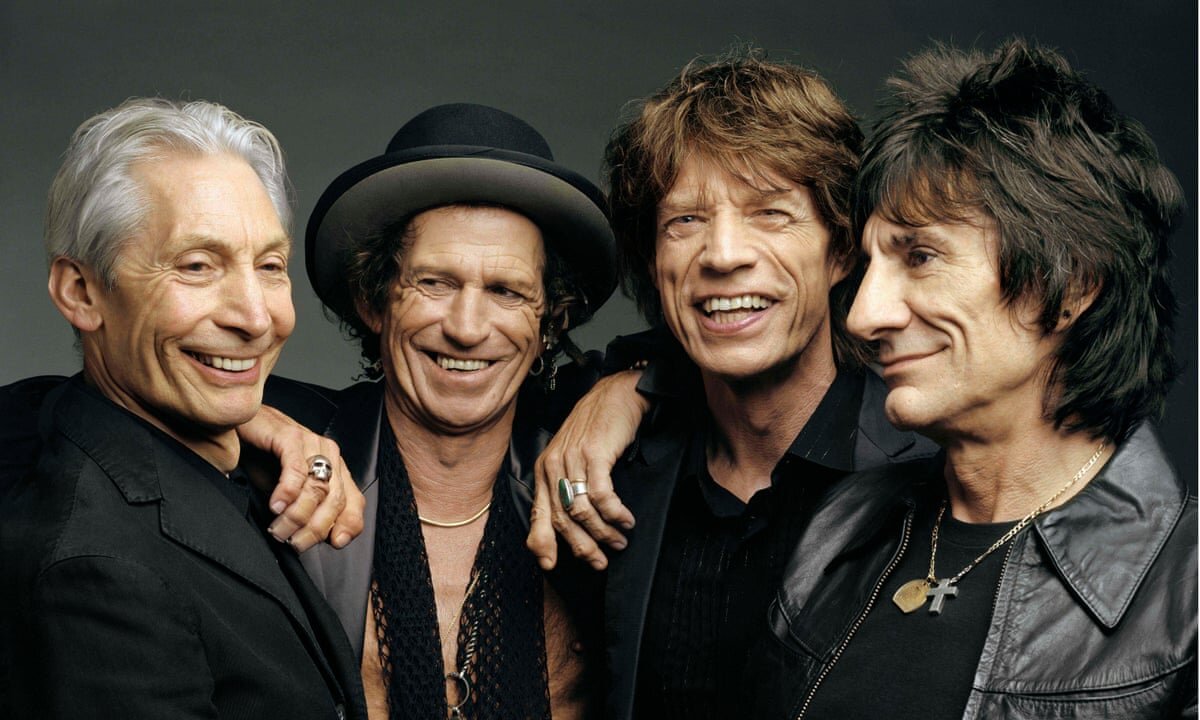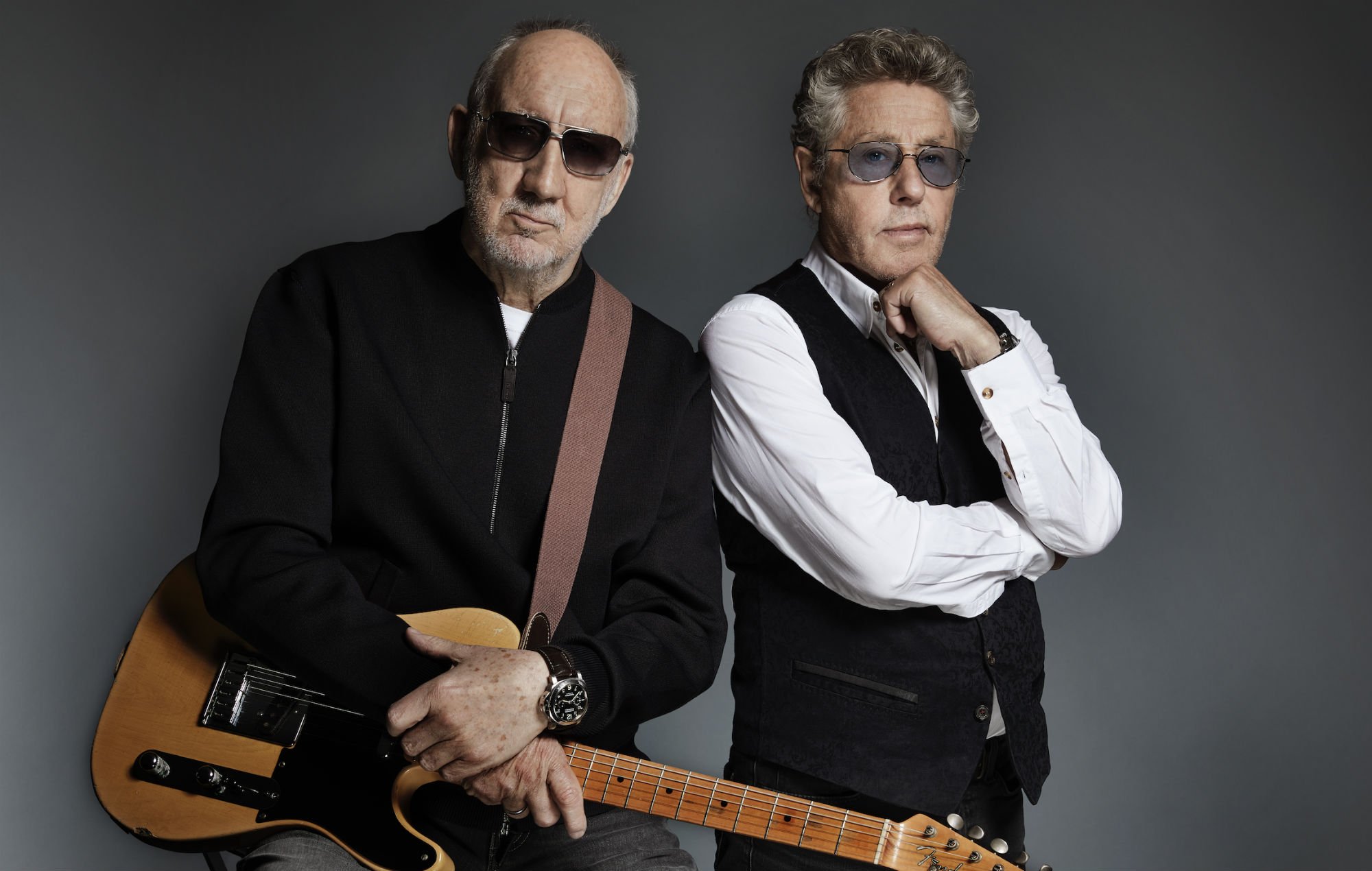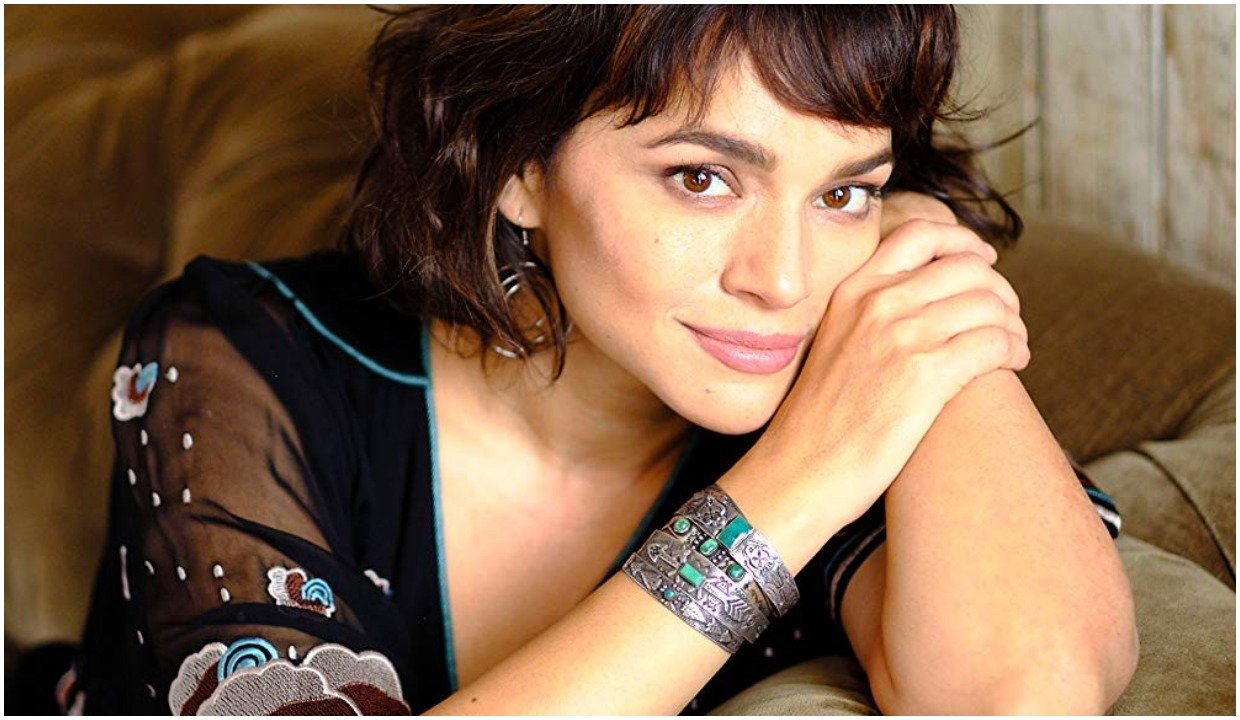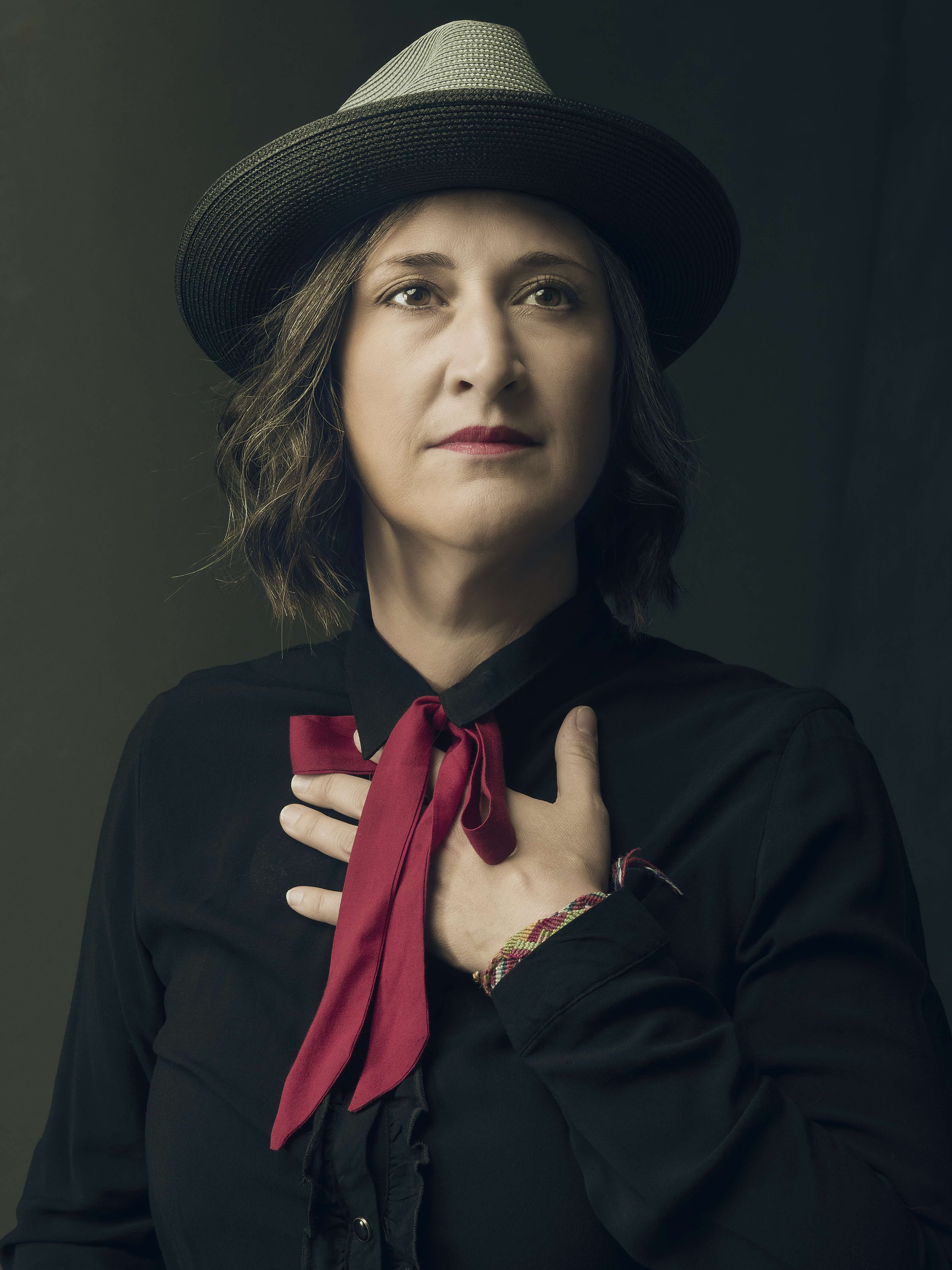What Can We Learn from Jazz Fest 2022?
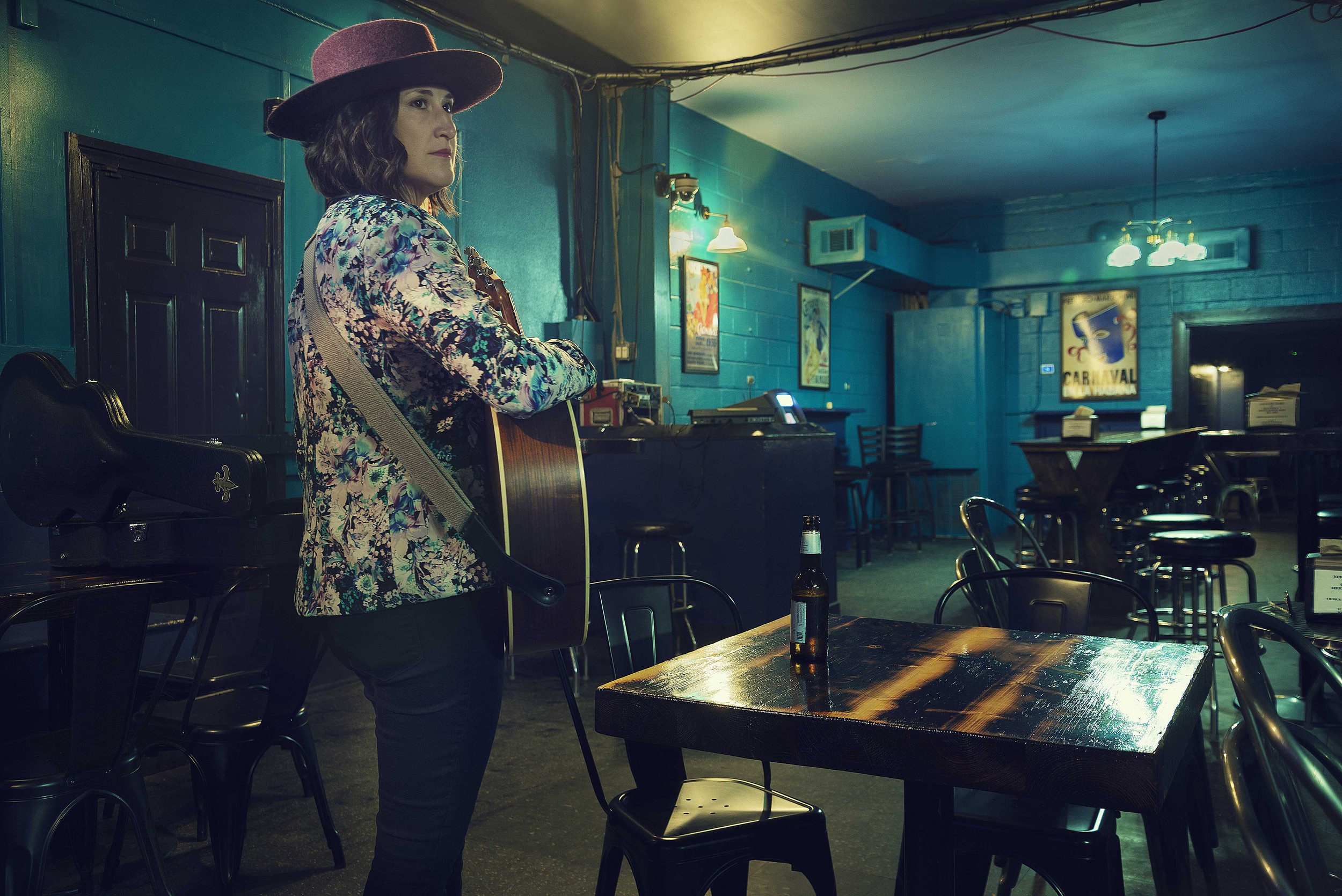
The Who
The festival made a strong return, as did the audience. What does that tell us going forward?
[Updated] Jazz Fest 2022 is in the books, and it was clearly successful. Not only did people show up 475,000 strong according to Jazz Fest—an average of more than 67,000 a day— but they did so in numbers that looked better than they did in the years before COVID. The festival got lucky with the rain and never had it meaningfully affect the grounds or the schedule aside from a couple of late starts. Considering COVID fears and what could have happened, the schedule lost fewer performers than you might expect. And when Jazz Fest lost Melissa Etheridge and Willie Nelson due to COVID in the crews, it was able to replace them at the last minute with good subs—Mavis Staples and the Zac Brown Band. I’ve seen people argue that this year was too soon for Jazz Fest to return, but considering our experience fighting COVID in the last two years, I don’t see a reason to think that we won’t have similar concerns next year and the year after that. COVID is part of our global reality for the foreseeable future and the question is how we live with it. Currently, I’m masking again.
A lot of questions were answered, at least in the short term. Would people come back after three years? Yes. Would fear of COVID keep people away? Not in meaningful numbers. And what would it feel like to be back at the Fair Grounds? Great, but with caveats.
The questions aren’t all answered, though, and some we won’t know the answer to for a few years.
- Do the substantial numbers in which Jazz Fest audiences showed up this year give us cause for optimism for the future? It’s too soon to know. We can’t yet know for sure if the excitement we saw for Jazz Fest was something that will be ongoing, or if it was a response to two cancelled years that will cool when/if Jazz Fest becomes business as usual again.
- Who was at Jazz Fest? Did the faithful from around the country return, or was this a locals-heavy crowd? Only Jazz Fest and the hotels likely know the answer to that question, but there are some clues. I heard secondhand that hotel bookings were down a little, and the fact that Jazz Fest held three events to sell tickets without service charges makes me think that advance ticket sales weren’t where the festival hoped they’d be, and the people who lined up and in some cases waited more than an hour to buy had to be largely local. The slow arrival of the crowds on Thursday and Fridays—work days—makes me think that the number of tourists who could be at the gate for opening wasn’t what it used to be.
One benefit of the fee-free sales on top of the sales themselves is that Jazz Fest now knows what the market will bear for tickets. When faced with $80 plus fees or $90 at the door, people were sitting on their money. When given a shot at $80 tickets, they were ready to buy. I’m sure that even $80 is hard for many people, but the festival knows its ceiling.
The festival can also safely assume that that $80 is the most people will pay for a generic Jazz Fest ticket because really, the selling point for this year’s Jazz Fest was Jazz Fest. The Who, Red Hot Chili Peppers and Stevie Nicks specifically motivated fans to buy, but the schedule had few new, big acts whose presence on the bill would sell tickets for the days they played. Would people pay more if the lineup had more star power? I’m not convinced. The excitement with which people bought the fee-free tickets suggests that they wanted to go but felt priced out before, and a stronger lineup won’t change that disposable income limit.
One downside of an audience that is predominantly local is that Jazz Fest was founded on the idea of bringing tourists to town. If all Jazz Fest does is convince locals to spend more money, the city as a whole isn’t getting wealthier or more economically stable. Locals are always going to be a giant part of the Jazz Fest story because all this great music and food is happening in our town. Of course we will be there in substantial numbers, but what kind of tourist numbers does the city and its business community want? What can they realistically respect?
Son Rompe Pera, by Pableaux Johnson
Another question semi-answered was about the age of this year’s festgoers. In the past, baby boomers have been well-represented, in part because this year’s headliners The Who and Stevie Nicks are their prime demographic. But it’s hard to see a future for Jazz Fest based on boomers because they and the bands they grew up with are all getting older. The Who and Nicks are in their 70s with Daltrey at 78. One possible slight change to that booking philosophy is catering to Generation X, who certainly showed up for Red Hot Chili Peppers (whose Chad Smith is 60, with Anthony Kiedis and Flea at 59).
This year, though, there were a lot of young people at the Fair Grounds. When the doors opened, the line waiting to get in skewed older. Clearly, there is still a substantial number of boomers who get some sense of identity from being Jazz Fest regulars, but as the day wore on, the age balance seemed to get closer as more young people arrived. Again, the question is whether a new generation is discovering Jazz Fest, or did the return of Jazz Fest spark a renewal of civic engagement with the festival and it was simply the place to be the last two weekends, much the same way that you want to be in a bar or at someone’s house for a Saints game. It’s an expression of the city, and people want to be a part of it.
Ever More Nest, by Greg Miles
This year’s attendance should make it easier to sell the sponsorship rights to the Festival Stage, which would be useful to do things like help reinstate the Allison Miner Music Heritage Stage, which was really missed as cooling break and a way to get musicians’ stories documented. So was the Kids’ Area. Breaking it down to just a stage was better than nothing, but for parents, having a place where the kids can be kids makes it easier for them to also be good little concertgoers when you need that.
The one question that no one outside of Festival Productions will likely know is what kind of attendance Jazz Fest needs to be profitable. This year’s lineup looks to have been less expensive than previous years, and with the strong attendance, the festival is likely in the black. I expect next year’s lineup and those for the foreseeable future to look a lot like this one with fewer national acts and less of an emphasis on the Shell Gentilly Stage. I believed that before Jazz Fest started, and the healthy attendance this year suggests that the festival can do good business without the star power of some of the lineups from a decade or so ago.
Jazz Fest exists in a tricky space. For the purposes of booking talent, it’s seen as one of the major festivals along with Coachella, Lollapalooza, ACL, and Bonnaroo, but its ticket prices are meaningfully lower than theirs, which means Jazz Fest doesn’t have the same talent budget that they have. And, since booking local acts is a major part of its identity, that further narrows its options. But with the free French Quarter Festival a week or two earlier, Jazz Fest can’t turn down the star power much before it looks like the expensive version of a free festival.
Challenges and questions remain, but this year’s Jazz Fest is unquestionably a cause for celebration in the Festival Productions offices because their plans worked. They put on a musically entertaining show that appears to be financially manageable that got people to come back three years after the previous festival. The attendance for Jazz Fest 2022 has to be a cause for optimism because if nothing else, it confirms the strength of the relationship between the festival and New Orleans. Festival Productions now has a clearer picture of what it can charge, which makes it easier to make financially viable plans in the future.
Updated at 2:35 p.m.
The attendance numbers were added after initial publication.
Creator of My Spilt Milk and its spin-off Christmas music website and podcast, TwelveSongsOfChristmas.com.




